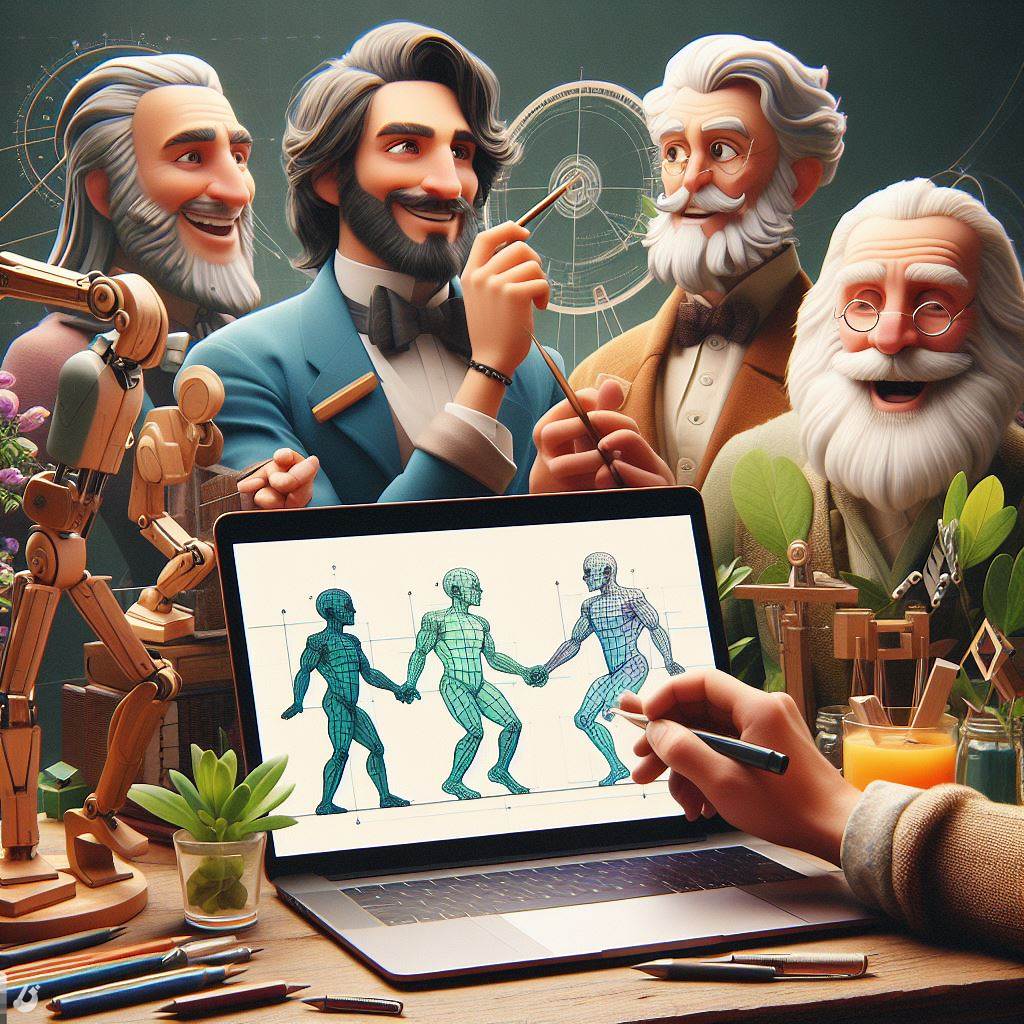
MIT researchers have unveiled a groundbreaking technique that empowers artists working on animated movies and video games with greater control over character animations. The method involves generating mathematical functions known as barycentric coordinates, allowing artists to define how 2D and 3D shapes bend, stretch, and move within a given space.
Unlike existing techniques, which often limit artists to a single option for barycentric coordinate functions, MIT's approach provides flexibility. Artists can choose functions tailored to their creative vision, enhancing the overall aesthetic of animated characters. Ana Dodik, the lead author of the research paper, emphasizes the importance of addressing artists' concerns about flexibility and the final product's visual appeal.
The applications extend beyond animation, with potential uses in medical imaging, architecture, virtual reality, and computer vision. Dodik and her collaborators, including Oded Stein and Justin Solomon, presented their research at SIGGRAPH Asia, and the findings were published in ACM Transactions on Graphics.
When animating characters, artists commonly use a technique involving a cage—a set of points connected by line segments or triangles surrounding the character's shape. The challenge lies in determining how the character moves when the cage is modified, a process dictated by the design of barycentric coordinate functions.
Traditional methods employ complex equations to ensure smooth motions, but MIT's researchers sought a more general approach. They used a special type of neural network to model barycentric coordinate functions, allowing artists to have a say in designing or choosing smoothness energies for any shape.
The team diverged from past approaches by incorporating neural networks for mathematical reasons, not just for mimicking human thought. Their network architecture accounts for constraints, ensuring that the generated solutions are always valid. This innovative construction enables artists to design interesting barycentric coordinates without grappling with mathematical complexities.
The researchers drew inspiration from triangular barycentric coordinates introduced by the German mathematician August Möbius in 1827. To adapt to modern, complex cages, the method covers shapes with overlapping virtual triangles. The neural network predicts how to combine the virtual triangles' barycentric coordinates to create a more intricate yet smooth function.
The practical impact of this technique lies in the newfound flexibility provided by neural networks, allowing artists to experiment with different functions in real time. The researchers showcased their method's ability to generate more natural-looking animations, such as a cat's tail moving smoothly instead of folding rigidly near the cage vertices.
Looking ahead, the team aims to explore strategies to accelerate the neural network and integrate the method into an interactive interface for real-time animation iteration.